


 Recently, Cadillac WTF concept car has exposured. It’s the world’s second nuclear-powered car, its designer is Loren Kulesus.
Recently, Cadillac WTF concept car has exposured. It’s the world’s second nuclear-powered car, its designer is Loren Kulesus. At the moment if there is one thing potentially more lethal to the human race than global warming, it’s global warming statistics.
At the moment if there is one thing potentially more lethal to the human race than global warming, it’s global warming statistics.

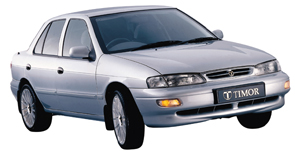



 Timor adalah merek mobil yang dijual Indonesia pada pertengahan tahun 1990, yang mana merupakan versi yang sama dengan merek mobil dari Korea Selatan, Kia Sephia. Mobil ini dimaksudkan sebagai mobil nasional Indonesia, seperti Proton di negara Malaysia. Karenanya, mobil merk Timor dibebaskan dari pajak-pajak dan bea lainnya yang biasa dikenakan pada mobil-mobil lain yang dijual di Indonesia.
Timor adalah merek mobil yang dijual Indonesia pada pertengahan tahun 1990, yang mana merupakan versi yang sama dengan merek mobil dari Korea Selatan, Kia Sephia. Mobil ini dimaksudkan sebagai mobil nasional Indonesia, seperti Proton di negara Malaysia. Karenanya, mobil merk Timor dibebaskan dari pajak-pajak dan bea lainnya yang biasa dikenakan pada mobil-mobil lain yang dijual di Indonesia.
 Peta industri otomotif dunia memang telah berubah. Para prinsipal pun membangun kantong-kantong produksi di negara tertentu. Karena memiliki pasar mobil yang besar, Indonesia pun ketiban untung.
Peta industri otomotif dunia memang telah berubah. Para prinsipal pun membangun kantong-kantong produksi di negara tertentu. Karena memiliki pasar mobil yang besar, Indonesia pun ketiban untung.
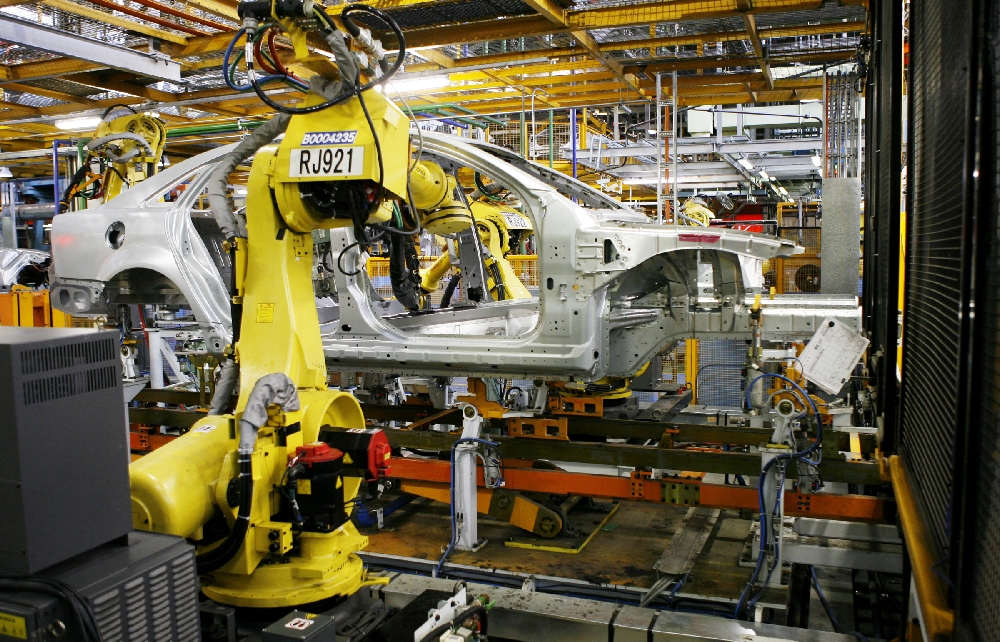 Selain PT INKA, PT Kanzen juga akan membuat mobil meski agak mahal di harga Rp 80 juta.
Selain PT INKA, PT Kanzen juga akan membuat mobil meski agak mahal di harga Rp 80 juta.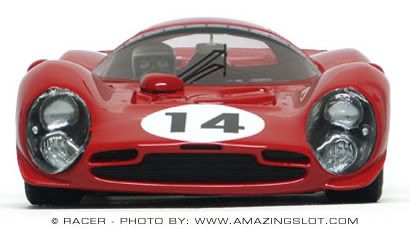

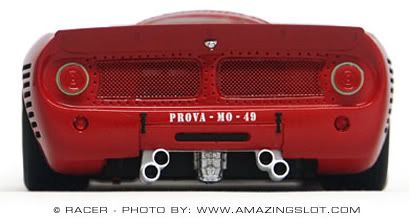


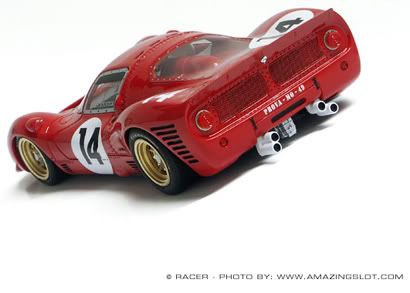
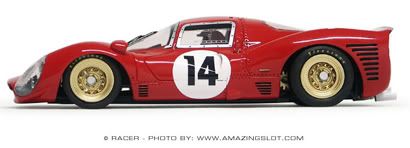

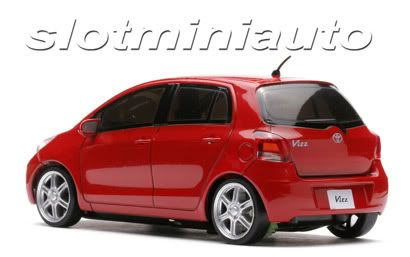


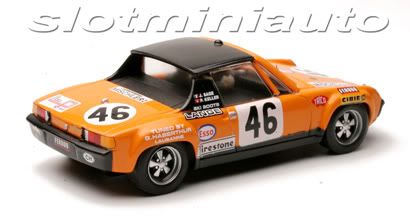
 General Motors has no idea that their baby Chevrolet Matiz is now capable of slaying their greatest giant the Corvette. It's not an officially-manufactured car but it will take care of some serious supercars in any straight-line battle. Created by Fourdin Auto Sport founder, Yves Fourdin, and a few friends, this Matiz was the result of 1,500 hours of hard work by people who are not even engineers but motorsport enthusiasts. Best of all they used no computers for their achievement.
General Motors has no idea that their baby Chevrolet Matiz is now capable of slaying their greatest giant the Corvette. It's not an officially-manufactured car but it will take care of some serious supercars in any straight-line battle. Created by Fourdin Auto Sport founder, Yves Fourdin, and a few friends, this Matiz was the result of 1,500 hours of hard work by people who are not even engineers but motorsport enthusiasts. Best of all they used no computers for their achievement. Using the Matiz as a base, Fourdin and his team installed a 7.0-litre V8 straight out of a Corvette Z06. It makes 550hp (404kW) to blast the Matiz from 0 - 100km/h in a swift 3.7 seconds. The 0 - 200km/h time is 10.94 seconds while terminal velocity is 260km/h (162mph).
No details on its track performance were released so there's no telling how it takes to corners, bar a glimpse of it taking that long curve on the video. The car was finished in August 2008 and is currently being shown at the International Racing Show Liège in Belgium.
 Previously tuning house HARTGE had released a full range of accessories for the BMW M3 that include aluminium pedals, an aluminium handbrake handle and HARTGE gear knob. A new range of exterior accessories is now available from HARTGE.
Previously tuning house HARTGE had released a full range of accessories for the BMW M3 that include aluminium pedals, an aluminium handbrake handle and HARTGE gear knob. A new range of exterior accessories is now available from HARTGE. Listed are a front spoiler lip, carbon add-ons for the front spoiler lip, and side sills for both right and left rear. This applies to both the coupe (codename E92) and convertible (E93). A rear diffuser and a lip for the boot lid are also offered but only for the M3 sedan and coupe, not for the convertible. The exterior side mirrors get a set of carbon casings. Side profile pictures are not available at this point.
The current BMW M3 comes only in three body types; a coupe, a convertible and a sedan. There's no word on a Touring wagon version. It uses a naturally aspirated 4.0-litre V8 engine to produce 420hp (309kW) and 400Nm of torque.
 Isami Amemiya founded RE Amemiya Car Company in Chiba, Japan way back in 1974. The tuning company has been specialising in the modification of cars fitted with the rotary engine. For a long time these have been exclusively Mazda RX-7s. At this year's Tokyo Auto Salon RE Amemiya presents the Genki7.
Isami Amemiya founded RE Amemiya Car Company in Chiba, Japan way back in 1974. The tuning company has been specialising in the modification of cars fitted with the rotary engine. For a long time these have been exclusively Mazda RX-7s. At this year's Tokyo Auto Salon RE Amemiya presents the Genki7. The Genki7 is built from an RX-7 and it apparently features an engine tuned by long-time RE Amemiya collaborator GReddy. No numbers were tossed alongside the pictures apart from the claim that the engine will help the Genki7 "leave everyone behind".
 Italian tuner UK Garage is presenting its latest project, the Lotus Exige-based Extrema. UK Garage works on such names as TVR, Noble and Radical. Plenty of work has gone into the Extrema from when it was an Exige up until its current format.
Italian tuner UK Garage is presenting its latest project, the Lotus Exige-based Extrema. UK Garage works on such names as TVR, Noble and Radical. Plenty of work has gone into the Extrema from when it was an Exige up until its current format. Beginning with engine, buyers are spoiled for choice as they wade through a list that comprises exclusively of GM powerplants. At the entry point is a 2.6-litre with 360hp (265kW) followed by a 2.8-litre making 450hp (331kW) or a 560hp (412kW) 3.4-litre version. All three use a PowerTech V8 engine weighing 95kg. With this engine total vehicle mass does not exceed 750kg.
Moving to the next menu is GM's 2.8-litre V6 turbo that either produces 300hp (221kW) or 350hp (257kW). With this mill fitted the car goes up to 850kg in weight which is still very light. Up the performance ladder is where things get more interesting. UK Garage offers potential customers a register comprised of Chevrolet and Corvette powerplants that will be fitted into their Extremas. Again starting from the bottom there are two Chevrolet LS3s making either 420hp (309kW) or 500hp (368kW) each. At this level weight goes up a notch to about 970kg.
Those who long for absolute Extrema grunt, the 513hp (377kW) LS7 or the LS9 found in a Corvette ZR1 with 647hp (476kW) can be selected. This time vehicle mass reaches 1,000kg. This particular combination allows the Extrema to reach 100km/h from standstill in 2.8 seconds, 0 - 200km/h in 7 seconds and top off at 320km/h. Gearshifts are taken care of courtesy of either a manual or a sequential transmission system.
The Extrema has an aluminium chassis, and buyers can have either fiberglass or a kevlar-carbon composite body fitted. The body has been lengthened by some 20cm to accommodate these big engines. It has also been widened for the bigger tyres and equipped with an adjustable suspension system.
All this comes at a price of €66,000 including taxes for the baseline model while road-legal conversions can be made at extra cost.













